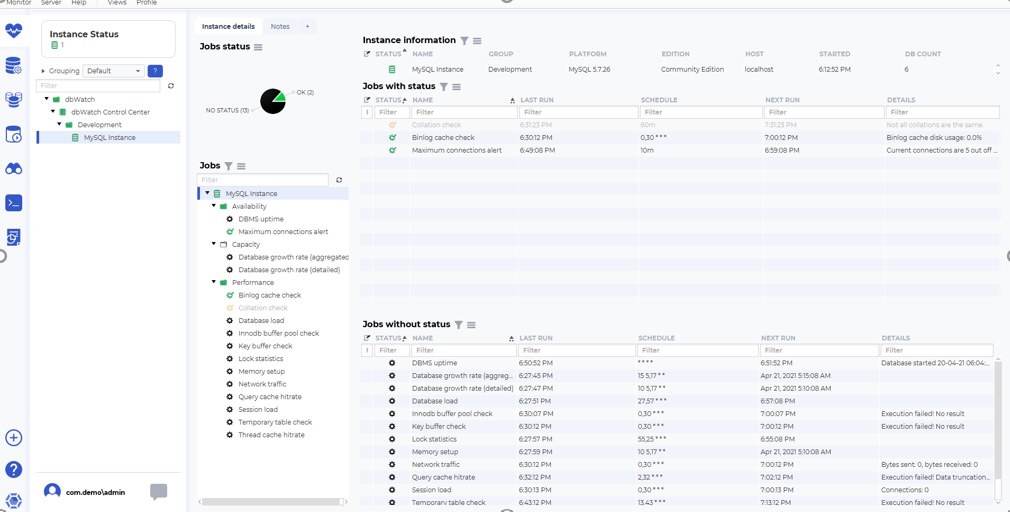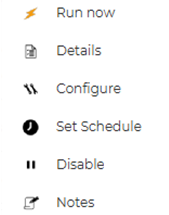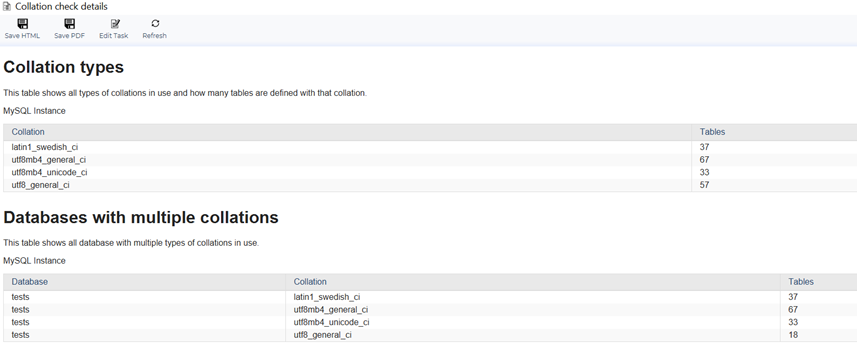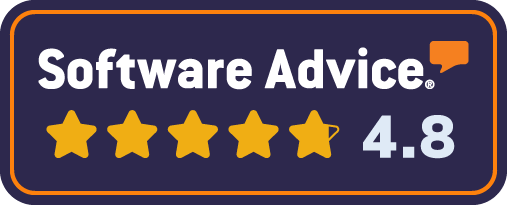If you have ever worked with scaling MySQL or if you are a MySQL DBA, you have probably faced the challenge of scaling your MySQL instances. This blog post will outline the challenges of scaling MySQL and tell you how can dbWatch help you to scale, monitor and manage your MySQL (and other) database servers efficiently while also providing you with total control over all aspects of operation, performance and resource usage.
When Would You Need to Scale MySQL?
In general, the challenge of scaling MySQL would frequently appear in a situation when you start seeting your MySQL-backed application’s traffic increase by tens, hundreds or even thousands of times and you start seeing query timeouts more and more often.
How to Scale MySQL
As far as the actual scaling of MySQL is concerned, you have a few options you can choose from. You can apply application level optimizations and, of course, you can apply some optimizations on the MySQL level and you can also scale through infrastructure. As we’re talking about the challenges of scaling MySQL in this blog post, we will go through some of the things that you can do to optimize the performance at the MySQL level yourself and tell you how can dbWatch help you to scale your database instances too.
4 Things to Keep in Mind of Optimizing Your Database Instances
If you want to optimize your database instances at the MySQL level, here’s some basic things you have to keep in mind:
1. Only Ask For The Data You Need
Your queries should only fetch the data that is absolutely needed. Avoid using queries like SELECT * if it’s not absolutely necessary, because a query working with too much data is one of the most basic reasons a query might not perform well.
Optimize the data your queries access and optimize your queries such that they access less data. The less data your queries access, the faster they will be – do not ask the database for data you don’t need.
2. Optimize Query Performance with EXPLAIN.
The EXPLAIN clause can be very useful if you want to optimize your query performance – the EXPLAIN clause is able to give you an access type that MySQL is using to find results (the access types range from a full table scan to index scans, range scans, unique index lookups and constants) – understanding the general concepts of scanning a table, scanning an index, range accesses and single value accesses could prove to be very valueable if you want to optimize your database instances at the MySQL level.
The type ALL means that MySQL has ran a full table scan while ref means that MySQL used the ref access type on some sort of an index.
3. Understand SQL Query Execution.
Keep in mind that there are some basic things related to query execution. First, the client sends the SQL statement to the server, then the server checks the query cache. If there’s a hit in the query cache, it returns the stored result from the cache, otherwise the server parses, preprocesses and optimizes the SQL into a query execution plan.
Afterwards, the query execution engine executes the plan by making calls to the storage engine API and the server sends the result to the client. Keeping these things in mind could put you on a good path when scaling your MySQL instances.
4. Know when to Use a Wildcard Search.
If you are using wildcard searches (for example if you use LIKE queries) do not start your search with a wildcard. Only use a wildcard at the end. If a wildcard is used MySQL won’t know what the search term begins with and thus an index might not be used even if it exists on the column you are querying.
The advice above should set you on a good path regarding fixing query timeouts, deadlocks and the like, but if you need to scale MySQL seriously, chances are that you are going to need certain tools suitable for the task.
Solving MySQL Scaling Challenges with dbWatch
If you want to be able to solve your MySQL scaling challenges using tools, dbWatch can help you. dbWatch is a highly scalable software solution that helps enterprises monitor and manage your database server instances efficiently while also providing you with total control over all aspects of operation, performance and resource usage.
dbWatch can help you scale all kinds of database management systems – it does matter if you are using MSSQL, Oracle, PostgreSQL, Sybase, or MySQL.Here’s how the user interface of dbWatch looks like:
dbWatch offers a few options to scale your MySQL (or any kind of database management system) instances:
1. Database Jobs
You can (and should) make use of the dbWatch jobs that are available – the dbWatch jobs are split across three categories (Availability, Capacity and Performance) and each of those categories contain certain jobs that perform specific tasks.
For example, the Availability category for MySQL consists of database monitoring jobs that check the uptime of your DBMS and give you alerts. The Capacity category provides you with aggregated and detailed database growth rates. The Performance category consists of database jobs that check the effectiveness of the InnoDB buffer pool, the MyISAM key buffer, it provides you with some database lock statistics, analyzes the memory setup of your database server, gives you with some information regarding your session load and the query cache hitrate and so on.
Keep in mind that jobs can be configured (or even disabled if you so desire) and they also have a details section meaning that you can see some more information. Simply right click on a job and click on “Details”, “Configure” or “Set Schedule”:
For example, here’s the Details section on one of MySQL jobs in all of its beauty:
2. Scheduling
Make use of job scheduling – if you have a lot of database instances (and you can do that with dbWatch), job scheduling can be an invalueable resource. To schedule your jobs with dbWatch, simply click Set Schedule after you right click a job. Then you will be able to set a schedule for the job to run every minute, hour, day of a week or week of a year:
3. Servers
When you’re using dbWatch, you can also connect to or shutdown all servers at once – that might help with scaling your database instances too.
4. Farm Data Language
You can also make use of FDL (Farm Data Language) – now this one deserves an entire book alone (take a look into the documentation), but in short, FDL can help you with a multitude of different things ranging from filtering instances by database name to sorting the results of a column by an ascending or descending order. For example if you use use #sort your instances would be sorted in a certain order (use asc for an ascending order and desc for a descending order):
instance{#sort(asc)}
FDL can be really useful if you want to scale MySQL further and push your MySQL instances to its limits.
Summary
If you’re a MySQL DBA, chances are that sometime in the future you will face issues in relation to scaling MySQL. Your queries might become slower and slower, your traffic might increase more and more etc.
When using dbWatch you can make sure these kinds of problems will be solved quickly, securely, and effectively no matter what kind of database instance you use.
Learn how to solve your challenges of scaling MySQL or other kinds of database instances, register for a free trial today.









